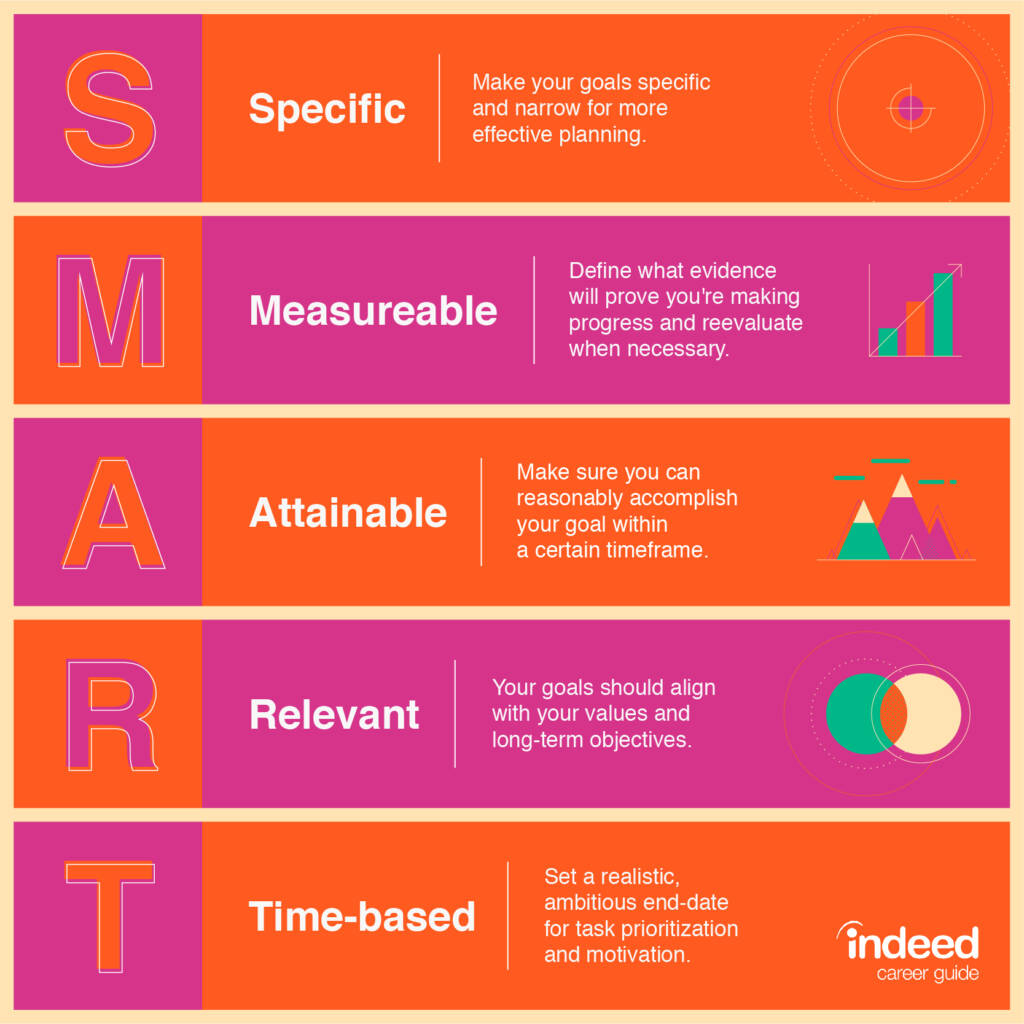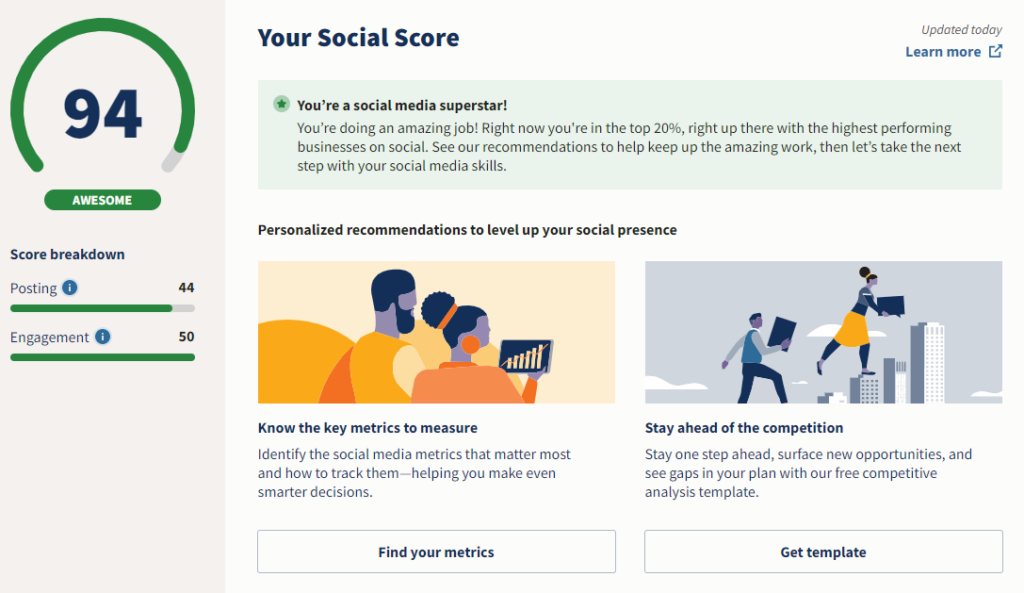Every business needs a content strategy. Why? Content marketing has been proven to deliver success. As one of the most effective methods of growing audience engagement, developing your brand presence, and driving sales, content marketing is a mission-critical growth method for most businesses.
What is a content strategy? A content strategy is a plan where you use different media to achieve your business goals. Successful content strategies are targeted toward your ideal customer and the content you produce and publish attracts and converts those prospects into customers. Additionally, a strong content strategy will keep your customers engaged even after they make a purchase.
Why is a content strategy important for your business? According to HubSpot’s article on developing a content strategy, “say your business goals include increasing brand awareness. To achieve this, you might implement a content strategy that focuses on SEO to increase your website’s visibility on the search engine results pages (SERPs) and drive traffic to your products or services.
New business owners might assume a content strategy is a nice-to-have, but not necessary early on. However, producing high-quality content can be invaluable in building trust with new audiences and succeeding in the long haul.”
In short, a content strategy is a critical piece in your overall marketing plan because it is what attracts and converts prospects.
Now you are probably asking yourself, where do I begin? As a starting point, answer the following questions, curated by HubSpot. These will guide you in how to develop your content strategy:
- Who will be reading your content?
- What problem will you be solving for your audience?
- What makes you unique?
- What content formats will you be focusing on?
- What channels will you be publishing on?
- How will you manage your content creation?
Let’s now dive into 7 key steps to building a successful content strategy.
1. Define your goal
Are you looking to build brand awareness? Generate more leads to your website organically? Whatever your goal may be, this is a key first step in building your content strategy.
TIP: Set SMART goals – specific, measurable, attainable, relevant and time-based.

TOOL: Check out Indeed’s, “How Do You Set SMART Goals? Definition and Examples.”
Example, I am a small business owner who wants to build brand awareness. One of my content strategy goals is to increase organic traffic to my website by 10% through blogging weekly by December 2022.
What are your goals?
2. Conduct Research
Make sure to do some research on your target audience and your competition before proceeding with your content strategy.
TIP: Do some keyword research around what your business is about. For example, I am a marketing agency helping small businesses create a brand. I would type into Google, “small business marketing” – from here I can identify any nearby competitors and evaluate what they are doing in comparison to what I am offering.
My goal is to differentiate myself from their service. I do a full blown competitive analysis and begin by dissecting their website. Here are a few pieces I look at:
- How they define who they are
- What services they are offering
- How their website looks and what the user experience is like
- What are their key marketing messages
- What kind of blog content are they posting – what are some pieces I might replicate
TOOL: If you want a free keyword tool to get the right keywords on your website to attract the right target audience then check out Google Keyword Planner. It’s free and all you need to have is a Google account.
From your competitor research you can get a better understanding of how others are marketing themselves which can help you identify ways that are speaking to your target audience. Be on the lookout for ways they develop their messaging, this can be useful to you because if it’s working for them, it could work for you too.
Check out my blog on, “10 Branding Essentials for Small Businesses.” I dive a little deeper into researching target audiences and competition.
3. Create Key Topics & Themes
One great way to keep yourself accountable in developing your content is by creating topics and themes in advance.
TIP: It’s challenging to get started, one way that has helped me is by mind mapping my content topics on a white board. I am trying to do this at the end of every month. I look at my white board daily to remind myself that I need to get content written, this keeps me accountable and on-track with what my content ideas are.
TOOL: A great way to stay organized is by creating a content calendar. There are tons of tools out there. I usually create my own and just add my content ideas into an Excel spreadsheet, this tool works for me because I like to “create my own” rather than use a template. If you don’t want to make your own calendar, check out Influencer Marketing Hub “16 Social Media Calendar Tools for 2022.” Lots of ideas there!
4. Conduct a Content Audit
Are you a small business owner who has been in business for several years and you already have a ton of content out there but you feel like it’s not getting noticed by your ideal audience?
Start by conducting a content audit. Review everything you have on your website and on your marketing materials. You may discover that the content is outdated or it’s not exactly aligned with your current content strategy goals.
TIP: Create a content map and make a list of all your content materials that you would like to evaluate and potentially re-work. Here are some pieces of content I would recommend you begin reviewing:
- Website
- PDF’s
- Videos
- Presentations
- Company brochure
- Social Media Platforms
TOOL: Working with a marketing consultant could help you get organized and on the track toward success. At ThirtyThree Marketing, this is one of the most important areas we evaluate when you are looking to revamp your content marketing efforts.
5. Select a Marketing Automation Tool
A marketing automation tool is software that handles routine marketing tasks such as posting your social media content or sending your email marketing without the need for human action. A “must-have” for small business owners is a marketing automation tool. Have no idea what I am talking about? Feel free to contact me and I will help explain the value and how to use one.
TIP: Map out how often you want to post (I recommend at least 2 posts x week on social media), how many social media platforms you will be using and decide whether you want to do this manually or automatically. Ever since I switched to marketing automation, I have been able to free up my schedule to focus on other areas of running my business.
TOOL: HooteSuite is my favorite tool to post my social media content. I highly recommend using this tool–it’s easy to use and keeps your content organized. You can schedule your posts out for the entire month and not have to worry about forgetting to post! Pretty cool, right?
6. Create Your Content
Now that you have your goal defined, research conducted, a marketing automation tool selected and an idea of what themes and topics you want to write about, you should now be well on your way to completing your content strategy.
So what to write about? Remember at the beginning of this blog we talked about, the 6 core questions you need to answer before starting. As a refresher, here they are again:
- Who will be reading your content?
- What problem will you be solving for your audience?
- What makes you unique?
- What content formats will you be focusing on?
- What channels will you be publishing on?
- How will you manage your content creation?
TIP: Begin with, what problem do you solve for your customers?
For example, I solve the bandwidth problem that small business owners have when it comes to developing their marketing strategy. Much of the content I produce revolves around my expertise and how I can help bridge the gap between them and their ideal customers.
TOOL: The best tool is you when it comes to developing your content. Why? Because you may know your audience the best and your content should revolve around who they are and how you can help them.
7. Measure Your Results
The last but very important key step in content strategy development is measuring your results. Why? Because creating content is an ongoing process that involves updating, reworking and perfecting. Even though you might be completed with your strategy, you still need to continually improve what you are putting out there.
TIP: I would begin by reviewing your content results bi-weekly. You can do this by looking at the built in social media metrics tools. Check out how your followers are engaging with your posts and see if you are consistently increasing your followers. If your numbers are negative continually across the board, I would consider looking into working with a marketing team to help get your brand out there. Check out ThirtyThree Marketing for starters 🙂
TOOL: As mentioned above, use the built-in tools within your social media platforms. These are fairly insightful. If you are using a marketing automation tool, like HooteSuite, they provide you with a general overview of how you are performing against other businesses. They take it a step further and help guide you in identifying the key metrics to measure.

Above is a sample of a social score they give you so you can be on track with other businesses. They also send you encouraging messages like, “You’re a Social Media Superstar!” 🙂
Apply these tips & tools!
Need someone to help you further understand how to use the tools or leverage the tips mentioned in this blog? Schedule a meeting with us to learn more.

